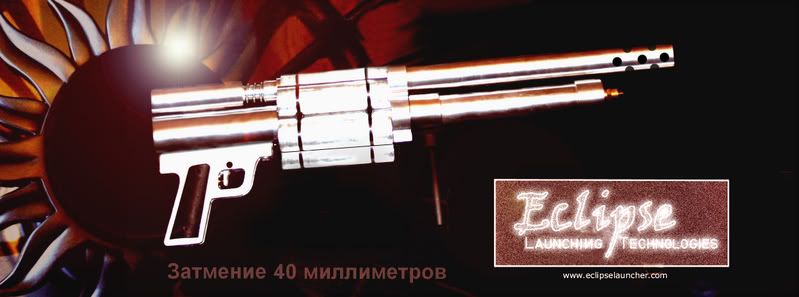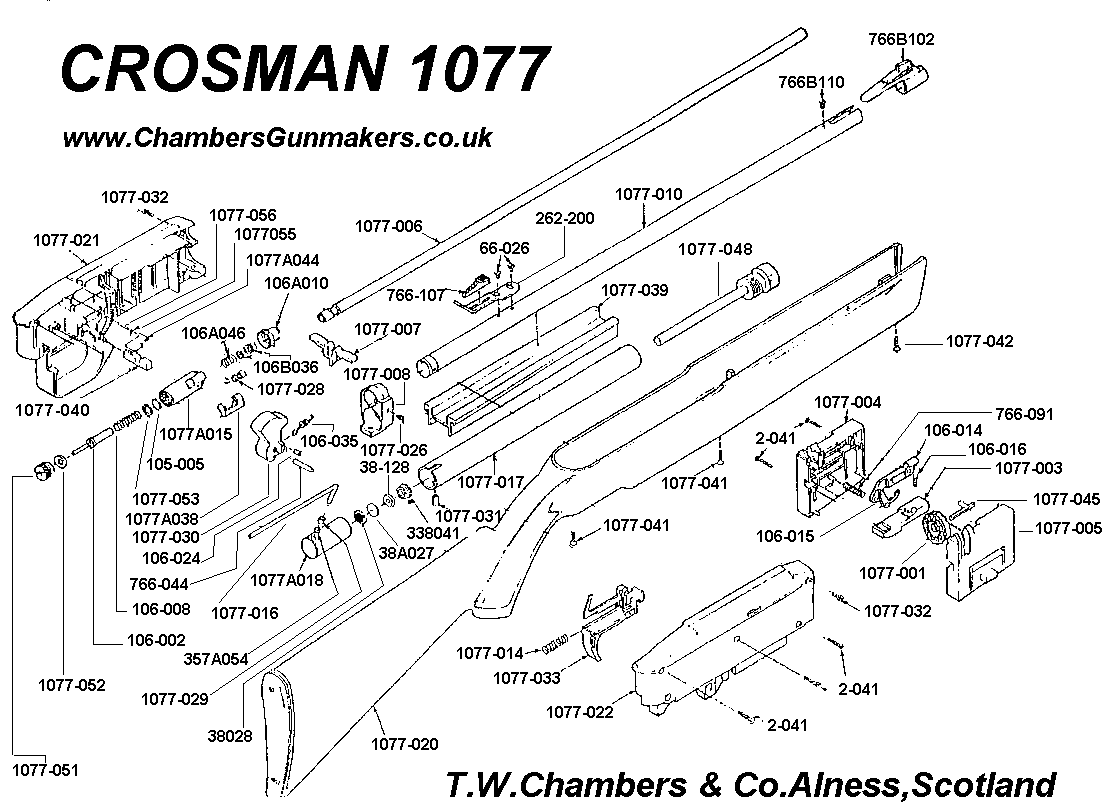Page 1 of 1
Sealing chamber/barrel revolving launcher
Posted: Thu Aug 16, 2012 8:42 pm
by CS
I'm looking for ideas on how to seal the chamber and barrel on a revolving launcher.
Idea #1:
Spring load the chamber against the barrel with a gasket in between.

Con- The spring mechanism needs to be engaged/disengaged everytime a chamber is moved into place.
Idea #2:
RevoSemi. The gasketed insert moves forward under pressure to seal the transition.

Con- Not alot, but there may be a simpler idea.
Idea #3:
Similar to the last idea, a rubber gasket flexs under pressure to seal the clearance between barrel/chamber.
[picture in attachments]
Con- Rubber exposed directly to combustion. May not be a long term option.
Any other ideas?
Posted: Thu Aug 16, 2012 10:32 pm
by Zeus
Look up the Nagant Revolver, might be useful.
Posted: Thu Aug 16, 2012 11:36 pm
by CS

Seems a lot like idea #1.
link
Thanks.
Posted: Sat Aug 18, 2012 5:02 pm
by jrrdw
Tongue and groove system. Set the grooves with a curve so that when the cylinder port starts to line up it pulls the ports together making a compression seal.
I think any kind of gasket will be problematic at best...
Posted: Sun Aug 19, 2012 1:33 am
by CS
Now I'm thinking of the chambers and barrel being fixed distance from another with a gasket on the barrel. The chambers and barrel will be create a lot of friction, but having a strong spring to rotate the chambers. We will see...
Posted: Sun Aug 19, 2012 3:53 pm
by ramses
If you made all the parts of the same material, you could probably get "good enough" sealing by simply maintaining a tight fit between them. Oil or grease could be added (and replenished) the bridge a looser tolerance gap. A total of maybe .010 should seal reasonably.
Posted: Mon Aug 20, 2012 12:05 am
by jackssmirkingrevenge
A tight fit should be good enough - if you can get the parts in contact, you will have less leakage than if you have a slightly loose fitting projectile. If you do the math and calculate how much gas actually will escape from a simple close fit, it's not as bad as you think. This is why revolvers work quite happily even though most do not have the Nagant's gas-check design.
Posted: Mon Aug 20, 2012 9:02 am
by mark.f
I agree with ramses and jack, but if it must use a seal I would go with idea no. two.
Posted: Mon Aug 20, 2012 10:08 am
by pneumaticcannons
Assuming you don't have access to machining facilities, I'm all for idea 2. It would work a lot better though, if the insert had a fairly large diameter compared to the inside of your barrel, with a hole approximately the diameter of the barrel through it. Unlike the picture were the hole is almost the same dia. as the insert itself. This way, the air pressure
and flow is keeping the breech sealed against the barrel

Posted: Mon Aug 20, 2012 11:23 am
by Gippeto
Ever had a Crosman 1077 apart? There's a piece between the valve and mag..it's a cross between a piston and an orifice..uses a light spring to initiate contact with the mag and then the gas pressure provides the actual force for sealing.
Similar materials (plastics) and a flange/lip (if required) on the seal to ensure contact with the second barrel before the first moves completely away should work.
The system is simple and it works. Prt#106B036 is the part...moves in the housing prt#106A010 moved by spring prt#106A046

Posted: Wed Aug 22, 2012 3:53 pm
by Brian the brain
The gap should be as small as possible.
Then:
take two pipes , one as an outer sleeve for the barrel.
On the other side ( cilinder?) you use the smaller inner pipe to make a piston that gets blown onto the inner barrel.
Now, if the piston can cross the gap it will most likely seal better.
You could bevel the edges so when you rotate the cilinder, the piston is pushed back.
Or use a spring to return it.
ideally, barrel and piston would fit together perfectly.
You won;t need the rubber seal, just straight cut pipe and a good fit.
Something like this:





